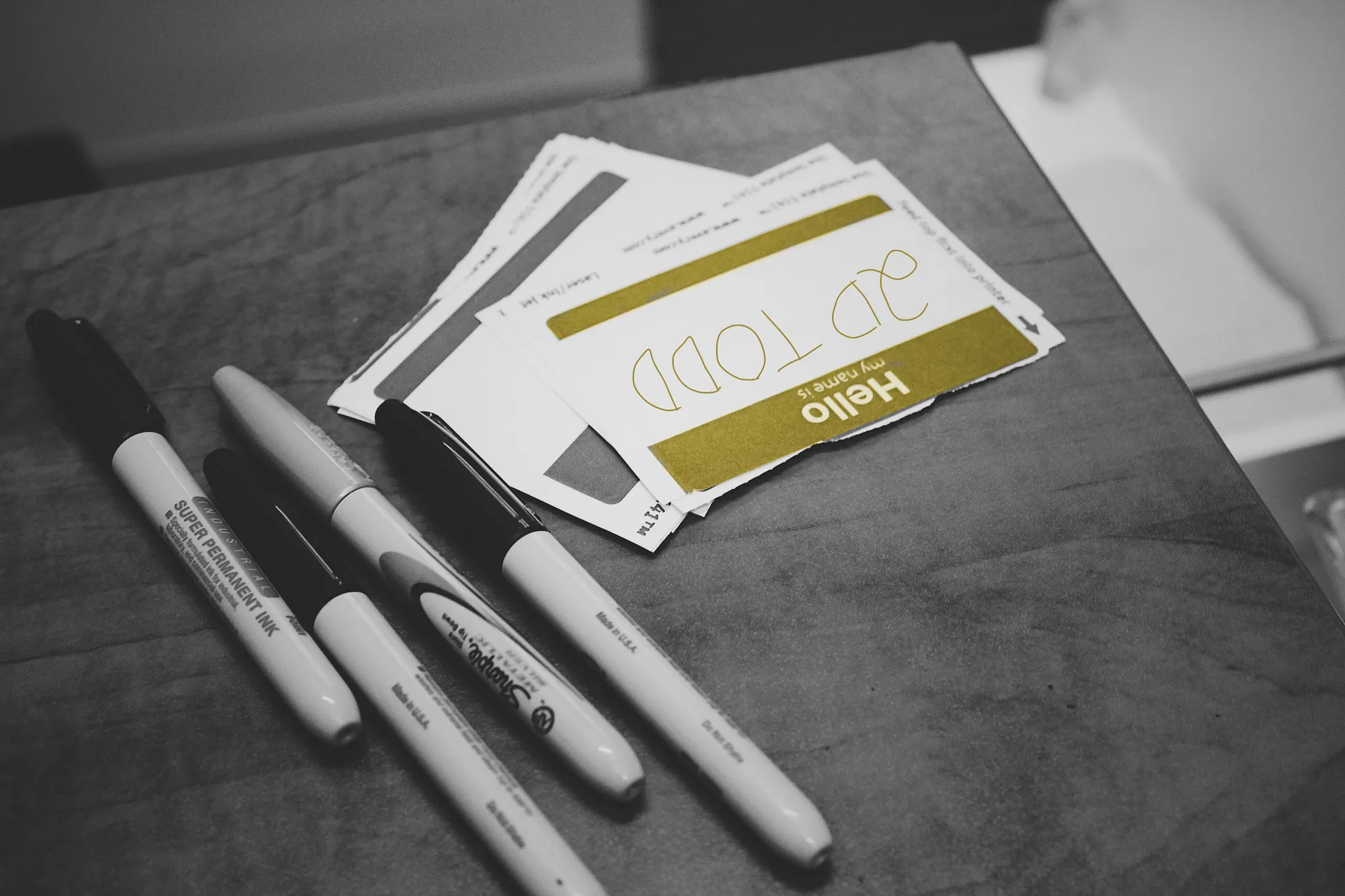At WWDC 18, Apple announced Create ML, a platform to create and train custom machine learning models on your Mac. You can train models to perform tasks like image recognition, extracting meaning from text, or finding relationships between numerical values.
Continue reading “Working with Create ML’s MLDataTable to Pre-Process Non-Image Data”









